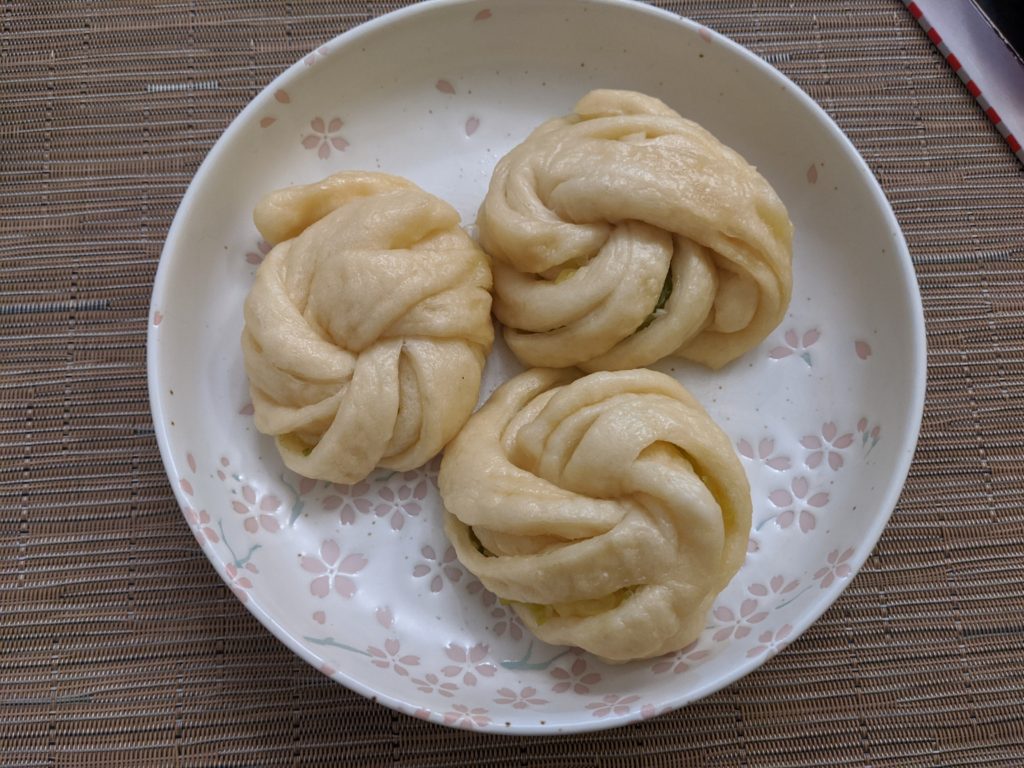Curated by Katherine Chu and Kaitlin Solimine from a course taught by USC Professor Stan Rosen.
University of Southern California Professor Stan Rosen is a specialist on Chinese film. He has shared some of his introductory required viewings and readings for students of Chinese cinema. This list includes the more mainstream Chinese productions as well as those from the Chinese “underground” (a term scholar Paul Pickowicz explains in From Underground to Independent: Alternative Film Culture in Contemporary China).
Consider this list a jumping off point into a much deeper engagement with the diversity and complexities of historical and contemporary Chinese film. These films bring the individual and national problems that China faced to the fore—doing so in dramatic, comedic, romantic, and, as always, poignant ways.
Pre-1949 China on Film
Recommended Readings:
The Mao Years (Post-1949) and The Cultural Revolution
- “Hibiscus Town” (1986) [Fourth Generation Representative Film by Xie Jin]
- “The Blue Kite” (1993) [Fifth Generation Representative Film by Tian Zhuangzhuang]
- “Farewell My Concubine” (1993) [Fifth Generation Representative Film by Chen Kaige]
- “To Live” (1994) [Fifth Generation Representative Film by Zhang Yimou]
- “The Red Lantern” (1970) [Revolutionary Model Opera]
- “Serfs” (1963) [Chinese view of the Liberation of Tibet]
Recommended Readings:
- “Yiman Wang, Crows and Sparrows,” in Chris Berry, Chinese Films in Focus
- Ying Zhu and Stanley Rosen, Art, Politics and Commerce in Chinese Cinema
- Chris Berry, editor, Perspectives on Chinese Cinema
- Paul G. Pickowicz, “Melodramatic Representation and the ‘May Fourth’Tradition of Chinese Cinema,” in Ellen Widmer and David Der-wei Wang, From May Fourth to June Fourth: Fiction and Film in Twentieth Century China
- Chen Kaige, “Breaking the Circle: The Cinema and Cultural Change in China,” Cineaste, Vol. 11, No. 3, 1990
- Hubert Niogret, Interview with Zhang Yimou (on “To Live”), in Gateward, ed.,Zhang Yimou Interviews
China under Reform, including negative consequences of the post-1978 reforms:
Recent Box Office Blockbusters
Recommended Readings:
- Evan Osnos, “The Long Shot: Can China’s Archly Political Auteur Please the Censors and Himself – and Still Find an Audience?,” The New Yorker (2009)
- Paul Pickowicz, “Popular Cinema and Political Thought in Post-Mao China: Reflections on Official Pronouncements, Film, and the Film Audience,” in Perry Link, Richard Madsen, and Paul G. Pickowicz, Unofficial China: Popular Culture and Thought in the People’s Republic
- Cui Shuqin, “Working from the Margins: Urban Cinema and Independent Directors in Contemporary China,” Post Script, 20, Nos. 2-3, Spring & Summer, 2001
- Stanley Rosen, ed. “’The Troubleshooters,’ by Wang Shuo,” Chinese Education and Society, Vol. 31, No. 1, January-February 1998 (this is a translation of the filmscript with an editorial introduction that compares the novel, the original screenplay and the final, released version of the film)
- Zha Jianying, “Killing Chickens to Show the Monkey: Impressions of the Film Industry in China,” Sight and Sound, Vol. 5, No. 1 (January 1995)
Original source: [from Hippo]


